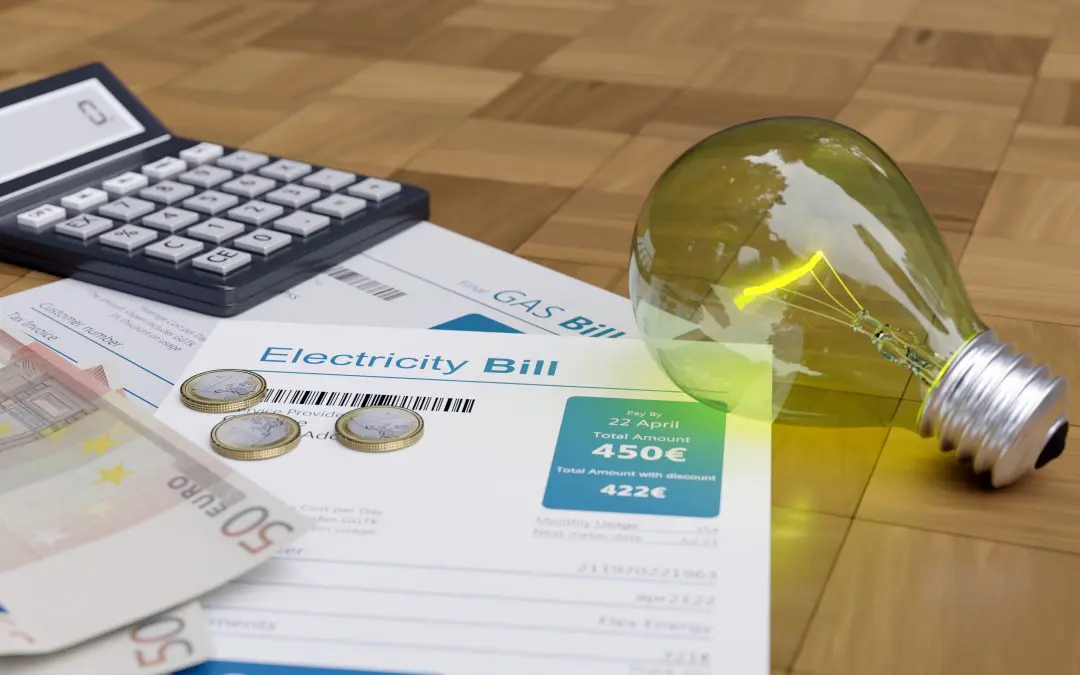In an era where sustainability and cost efficiency are at the forefront of decision-making, the debate between solar power and traditional energy sources, like coal and natural gas, has become increasingly relevant. As more homeowners and businesses consider renewable energy options, one of the most common factors influencing this decision is the cost. So, how do solar energy costs compare with traditional electricity over the short and long term? In this article, we’ll dive into the financial aspects of both options to help you understand the key differences and long-term benefits of each in a.
Upfront Costs
One of the first things potential solar adopters notice is the upfront cost. Installing a solar energy system involves significant initial investments, primarily due to the purchase and installation of solar panels, inverters, batteries (if off-grid), and other related equipment. On average, a residential solar installation can cost between $15,000 and $25,000 before any government incentives or rebates. This figure can seem daunting to many consumers.
On the other hand, traditional electricity from the grid requires no upfront investment. Consumers typically pay for the energy they use through monthly utility bills, with no additional equipment costs. This makes traditional energy seem more affordable initially, as the only cost to the consumer is the regular utility bill.
However, while solar energy requires a substantial upfront investment, it’s important to consider the long-term savings and benefits that can outweigh the initial expense.
Monthly Bills and Long-Term Savings
Once a solar system is installed, homeowners can expect a drastic reduction in their monthly electricity bills. In some cases, solar energy systems can eliminate electricity bills altogether, depending on the size of the system and the amount of sunlight in the region. For example, if a home is fully powered by solar, excess energy can often be sold back to the grid through programs like net metering, leading to additional savings or even profits.
In contrast, traditional electricity costs are ongoing. Consumers are billed monthly based on their energy consumption, and these costs can fluctuate due to fuel price volatility and increased demand, especially during peak seasons like summer or winter. Over a 20 to 30-year period—the average lifespan of solar panels—electricity bills can accumulate to tens of thousands of dollars, depending on the region and the consumer’s energy usage.
A study by the National Renewable Energy Laboratory (NREL) found that, depending on the state, homeowners who install solar panels could save anywhere from $10,000 to $30,000 over the life of the system.
Maintenance and Operational Costs
One of the often-overlooked advantages of solar energy is its low maintenance costs. Solar panels are generally built to last, with warranties typically lasting 20 to 25 years. Maintenance involves occasional cleaning and an annual inspection to ensure optimal performance, which is relatively inexpensive.
On the other hand, the traditional energy infrastructure requires maintenance on a much larger scale. While these costs are often absorbed by utility companies, they are indirectly passed on to consumers through their electricity rates. Power plants, grid infrastructure, and fuel transportation require regular upkeep and can be vulnerable to issues such as grid failures, fuel shortages, and rising operational costs. These factors can increase the cost of electricity over time.
Environmental and Social Costs
While this article primarily focuses on the financial aspect of solar vs. traditional energy, it’s important to recognize the environmental and social costs of using fossil fuels for electricity generation. Traditional electricity relies heavily on non-renewable resources like coal, natural gas, and oil, which contribute to greenhouse gas emissions and climate change. These environmental impacts may not be reflected directly in utility bills but are costs society must bear in the long term.
Solar power, on the other hand, is a clean and renewable energy source. It generates electricity without emitting harmful pollutants or depleting natural resources. As the global community moves toward reducing carbon footprints, many governments provide incentives such as tax credits, rebates, and grants to encourage the adoption of solar power, effectively lowering the initial investment.
Incentives and Rebates
One of the most significant financial advantages of solar energy is the availability of incentives and rebates. In many countries and states, homeowners and businesses can benefit from federal tax credits, local rebates, and performance-based incentives. For example, in the United States, the Investment Tax Credit (ITC) allows solar customers to deduct 26% of the installation costs from their federal taxes. In some regions, there are additional state-level incentives that further reduce the overall cost.
Traditional energy sources do not offer comparable financial incentives, and in many cases, utility rates continue to rise due to fuel costs and environmental regulations. As solar becomes more affordable and efficient, the availability of government programs has made it an increasingly attractive option for many households.
The Long-Term View
When comparing the costs of solar energy and traditional electricity, the key takeaway is the long-term savings potential of solar. While the upfront investment in solar may be higher, the long-term savings on energy bills, low maintenance costs, and available incentives make it a financially viable option for many homeowners and businesses. In contrast, traditional energy sources may appear more affordable initially, but their ongoing costs and potential for rate increases can add up significantly over time.
Additionally, with the environmental benefits of solar energy, more consumers are recognizing the social responsibility of switching to renewable energy. As solar technology advances and prices continue to drop, it’s becoming clear that investing in solar power is not just a smart financial decision but a sustainable one for the future.
While there may be logistical issues in making the change to solar, we can solve them all for you, easily and economically. Contact Us at Renewable Energy and we’ll show this can be done to your advantage.


Recent Comments